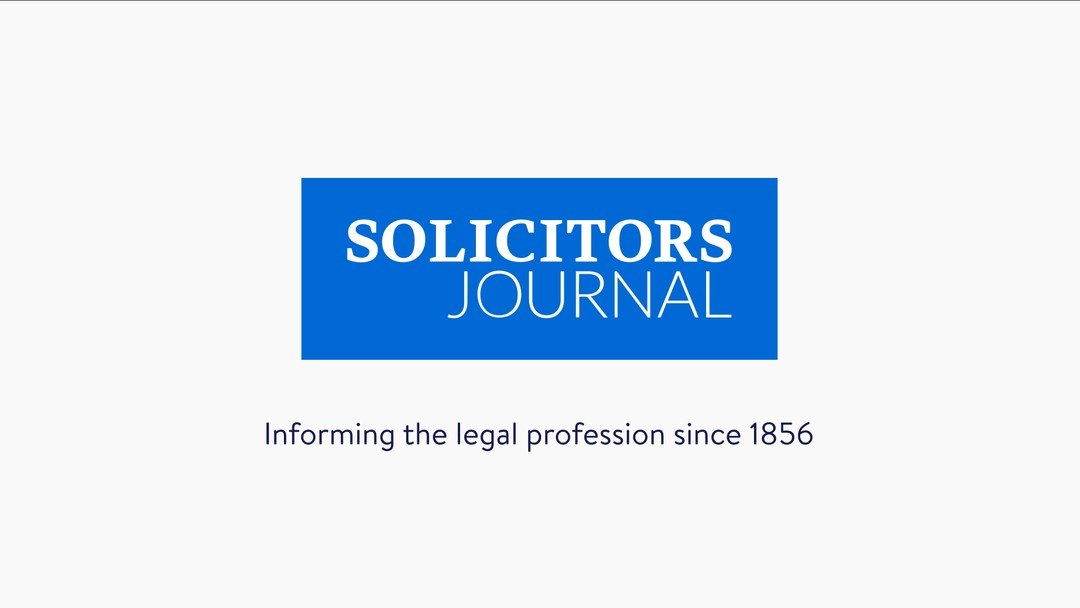Fingers crossed

A quashed murder conviction could be the first step towards a much-needed overhaul of the fingerprint system, says Lucy Corrin
On 27 February 2007 Hilda Owen, a 71-year-old widow, was murdered in her home in Skegby. She had been attacked and suffered grave injuries. She was left to die. The appellant, her next-door neighbour, found her body and reported it to the police on 1 March 2007.
Mr Smith was, at first, treated as a witness, but he was subsequently arrested and released on bail. Between March 2007 and December 2007, police investigated 17 other potential suspects. Only Mr Smith was later charged with Ms Owen's murder.
Last month the court quashed his conviction. The reliability of the fingerprint evidence used against him in 2008 was challenged due to fresh evidence from new experts (R v Peter Kenneth Smith [2011] EWCA Crim 1296).
In R v Buckley (Robert John) [1999] 163 JP 561, Rose LJ highlighted the accepted position that fingerprints varied from person to person and that those patterns were unique and unchanging.
Originally there were no standards in proving a match. However, it became accepted that 12 ridge characteristics would prove a match beyond doubt. The UK adopted a higher threshold of certainty in 1953, using a national standard of 16 similar characteristics in proving a match.
However, in 1983, there was a significant culture change. It was agreed that a fingerprint identification was certain with less than 16 points of similarity. There would, however, be rare occasions on which there would be a print that fell below that standard, where only the most experienced experts ought to give evidence.
The study by Dr Ian Evett and Dr Williams, commissioned by ACPO and the Home Office, concluded that there was no scientific, logical or statistical basis for the retention of a numerical standard. A change to a non-numerical standard was adopted in 2001, bringing us full circle.
From 2001, the accepted practice was for the print to be identified by a fingerprint officer (who may or may not be a fingerprint expert) and then to be checked by two others who are qualified fingerprint experts. The standard to be applied is to examine all the available detail to establish if the print can be clearly identified with a person's fingerprint.
Below standard
In the judgment, Lord Justice Thomas raised a number of issues in relation to the training and quality of fingerprint experts, quality standards and the presentation of fingerprint evidence at court. Although not material to the reasons for quashing the conviction, these issues were considered important to the way in which fingerprint evidence is adduced where the print is not clear.
In particular, the court was concerned that fingerprint experts are not independent of police forces. In fact, there is no opportunity for people to become fully qualified as fingerprint experts outside police channels. The police do not recognise qualifications obtained overseas. The administration of justice demands that suitably qualified and independent fingerprint experts exist and are able to offer their opinions.
The court also criticised the quality of the reports provided. There were no notes made during examinations or of reasons for conclusions. Points of comparison were not identified contemporaneously on a separate chart.
Most striking were perhaps the diametrically opposed views of the experts who gave evidence before the court concerning their differing interpretations of indicators in the prints. Damning conclusions were drawn in the absence of any contemporaneous note.
The Court of Appeal concluded by calling for the enforcement of common quality standards in a 'robust and accountable system'.
As the Scottish Fingerprint Inquiry, commenced in 2008 and headed by the Rt Hon Sir Anthony Campbell, enters its closing stages, it is hoped that their report may build upon some of these concerns and provide the impetus for change.
The inquiry is looking into the case of Shirley McKie, a former Scottish police detective who was wrongly accused by fingerprint analysis staff of the Scottish Criminal Record Office (SCRO) of leaving her thumbprint at a murder crime scene in Kilmarnock on 14 January 1997.
Part of the inquiry's terms of reference is to 'make recommendations as to what measures might now be introduced, beyond those that have already been introduced since 1999, to ensure that any shortcomings are avoided in the future'. Change can only be welcomed.
